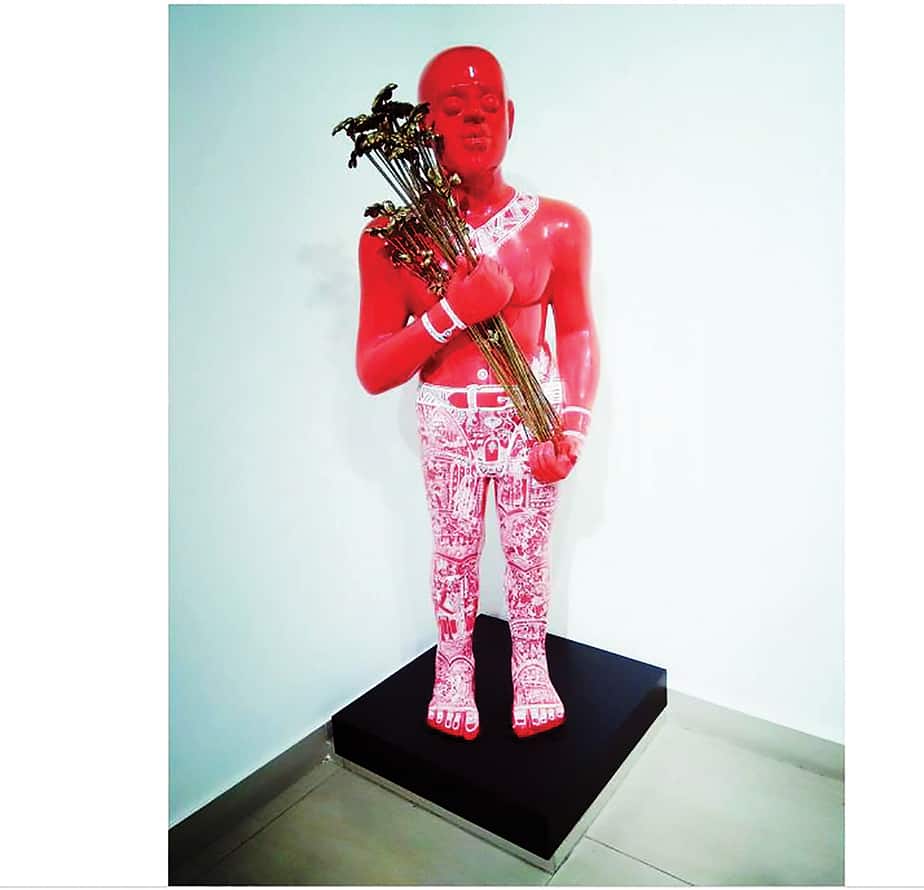This exhibition of sculptures highlights the lives of those for whom the city does not spare a second thought
How often do we notice the fruit vendor, the child florist or the bookseller at a red-light? The lives of these neglected individuals – the society’s ‘last persons’ inspired sculptor Suraj Kumar’s latest work, which is on display at an exhibition.
Aptly titled ‘City of Life’, the sculptures reflect the lives of common people struggling to survive the rat race of the city.
“Roaming around the city, I notice a kind of restlessness in everyone. There is a continuous flow, no one stops to take a breath,” says Kumar. But whenever he goes back to his native village, life is completely different. “People communicate with each other,” he adds. This difference between the lives of people in a city and village finds expression in his work.
His work mainly focuses on the condition of children working tirelessly to make ends meet. Intrigued by the children selling balloons, flowers and books at crossings he often wonders about their lives. He gave shape to all these questions in figurative sculptures, symbolising the lost lives in an urban setting.
“I get a lot of questions in my mind when I see these innocent children working at an age when they are supposed to be playing. If these small children are in such conditions how am I supposed to call myself developed? The intellectuals of the society have been writing and discussing these ‘last people’ for quite some time now. But as long as they do not get a proper identity, we can’t call ourselves a developed nation,” says Kumar. Taking a look at these children, he thinks about how society treats them as adults because of their work. “We as a society have forced them to grow up.”
A total of 10 sculptures on display, they depict the life of roadside peddlers, traditional carpet makers with no customers and a coconut seller at a red light, among many others. Kumar uses resin glass, brass and bronze to create his works.
So, drop in at Triveni Kala Sangam, to get a glimpse of the lives of those ignored by the society. The works are on display till November 4.





